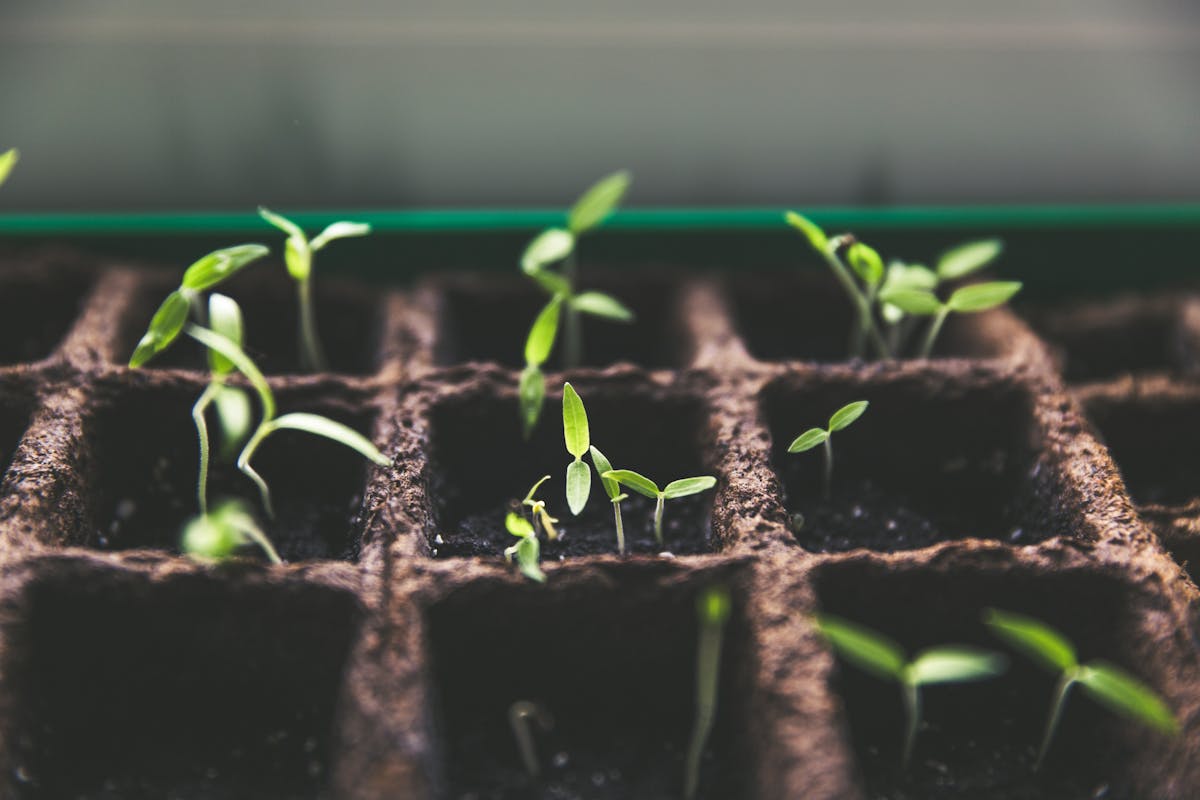- Monitor upcoming weather patterns to protect plants from frost, storms, and hail by taking proactive measures.
- Invest in a hoop house for added protection against extreme weather, extending the growing season.
- Utilize mulching and provide shade to safeguard plants from harsh temperatures and retain soil moisture.
- Adopt a proactive and attentive gardening approach to ensure plants thrive through every season’s challenges.
As a plant grower, one of the biggest challenges you may face is protecting your plants from intense weather conditions. From scorching heat to freezing cold, extreme weather can wreak havoc on your beloved plants. Fortunately, there are steps you can take to shield your plants from these harsh conditions and help them thrive. This blog will share essential tips for protecting your plants from intense weather so you can continue to enjoy a beautiful and healthy garden year-round.
Choose the Right Plants
One of the best ways to protect your plants from intense weather is to choose varieties that are well-suited to your climate. When choosing suitable plants, here are four things you need to consider:
Temperature Tolerance
Some plants are more sensitive to extreme temperatures than others. Pay attention to the temperature range listed on the plant’s label, and choose varieties that can withstand the highest and lowest temperatures in your area.
Sunlight Needs
Plants have varying levels of tolerance to sunlight. If you live in an area with intense heat, opt for plants that can thrive in full sun. On the other hand, if you experience cold and frost, consider selecting plants that prefer partial shade.
Watering Requirements
Different plants have different watering needs. Some varieties are drought-tolerant, while others require more frequent watering. Choosing plants that can withstand dry or wet conditions will ensure they are better equipped to survive intense weather.
Soil Type
The type of soil in your garden can also impact the health and growth of your plants. Some varieties thrive in sandy soil, while others prefer clay or loamy soils. Knowing what type of soil you have and selecting plants that can grow well in it will give your plants a better chance of thriving.
By selecting the right plants for your garden, you will give them a better chance of surviving and thriving in challenging weather conditions. You can also consult with local gardening experts or nurseries to get specific recommendations for your area.
Provide Adequate Watering
Proper watering is essential for helping plants cope with intense weather. During periods of extreme heat, make sure to water your plants deeply and regularly to keep them hydrated and prevent wilting. Conversely, in cold weather, be mindful of overwatering, as this can lead to root rot. Adjust your watering schedule based on the specific needs of each plant and monitor soil moisture levels regularly.
Mulch Your Plants
Mulching is an effective way to protect your plants from both extreme heat and cold. A layer of mulch helps insulate the soil, regulate temperature fluctuations, retain moisture, and suppress weed growth. Consider using organic mulch such as straw, bark chips, or compost around the base of your plants to provide an extra layer of protection against harsh weather conditions.
Provide Shade
During periods of intense heat, it’s essential to provide shade for your plants to prevent sunburn and overheating. You can use shade cloth, umbrellas, or even strategically placed taller plants as natural shade sources for delicate specimens. Be sure to monitor sunlight exposure throughout the day and adjust shading as needed to protect your plants from excessive heat stress.
Monitor Weather Forecasts
Stay informed about upcoming weather patterns so you can prepare in advance and take necessary precautions to protect your plants from intense weather conditions. Be proactive by covering sensitive plants during frost warnings or moving containers indoors during severe storms or hail events. By staying vigilant and staying ahead of potential threats, you can minimize damage and keep your garden flourishing all year long.
Invest in a Hoophouse

Consider investing in a quality hoop house, also known as a high tunnel or polytunnel, for added protection against extreme weather. These structures are made from plastic sheeting stretched over metal frames and can provide shelter and heat retention for plants during colder months.
Hoophouses also offer shade during hotter months, making them a versatile option for year-round gardening. Not to mention, they extend the growing season, allowing you to grow plants that may not typically thrive in your climate.
Protecting your garden from extreme weather conditions requires a proactive and attentive approach. You can safeguard your precious plants from nature’s unpredictability by mulching, providing shade, monitoring weather forecasts, and possibly investing in a hoop house. Remember, the key to a thriving garden lies in the joy of planting and the ongoing care and protection of your plants through every season. With these strategies, your garden will survive and flourish, providing beauty, sustenance, and joy for years.

